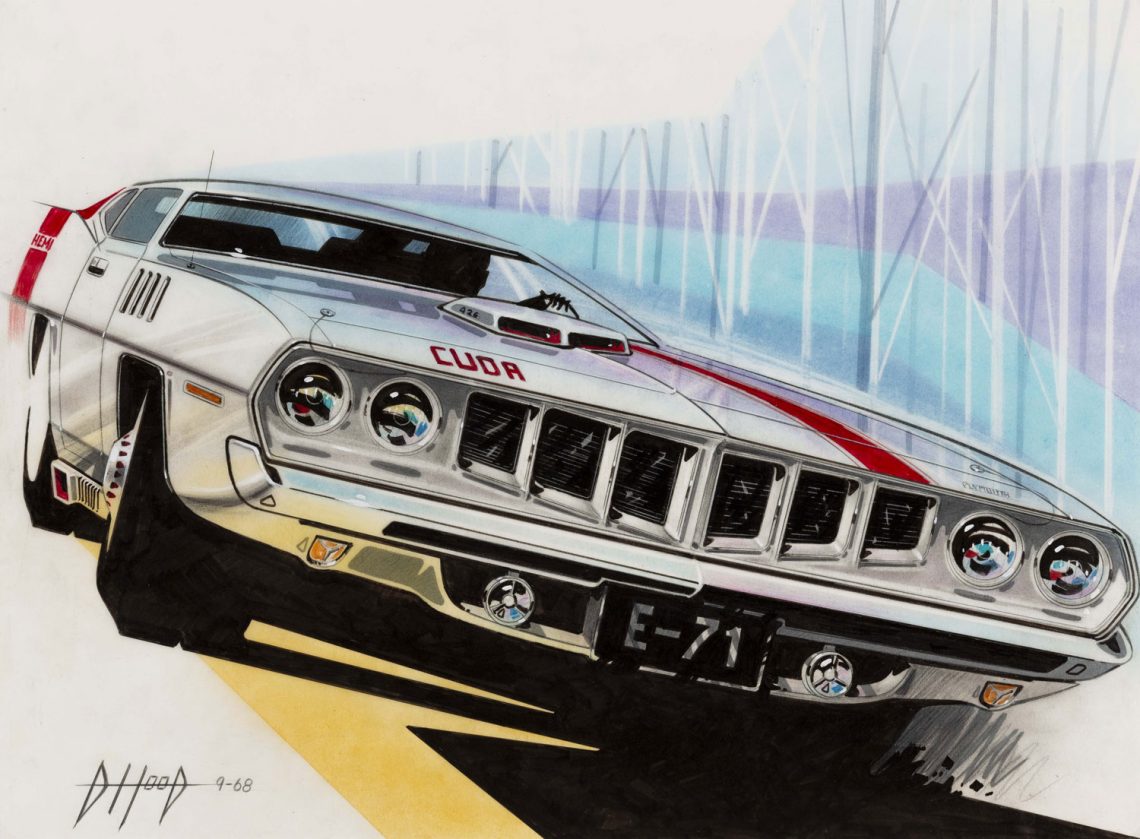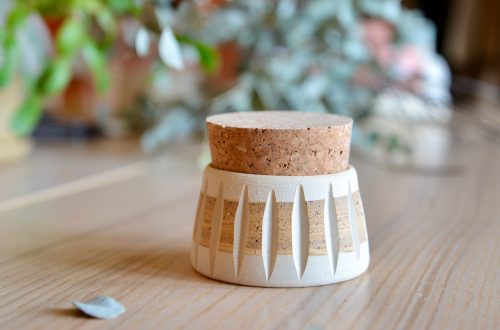Between the mass production of accessible, timeless car designs, and the artistic innovation that pushed the automotive industry into each new age, Detroit’s influence on American car design, technology, and manufacturing has remained since the turn of the 20th century when Henry Ford touched down his Detroit Automobile Company and Charles Brady King test drove the first self-propelled carriage along Woodward Avenue, reaching speeds up to five miles per hour.
In homage to this remarkable past, the Detroit Institute of Arts Museum, or DIA, is unveiling a special exhibition, “Detroit Style: Car Design in the Motor City, 1950-2020,” which will capture groundbreaking, artistic, and transitional moments in Detroit car design throughout the last 70 years. The exhibit will be open from November 15th to June 27th 2021, with both virtual and in-person opportunities for viewers to interact.
“The automotive industry and the city of Detroit are synonymous with one another, so it seems only fitting that the DIA be the museum to showcase the rich history of car design in the city,” stated Salvador Salort-Pons, director, president, and chief executive officer of the DIA in a press release.
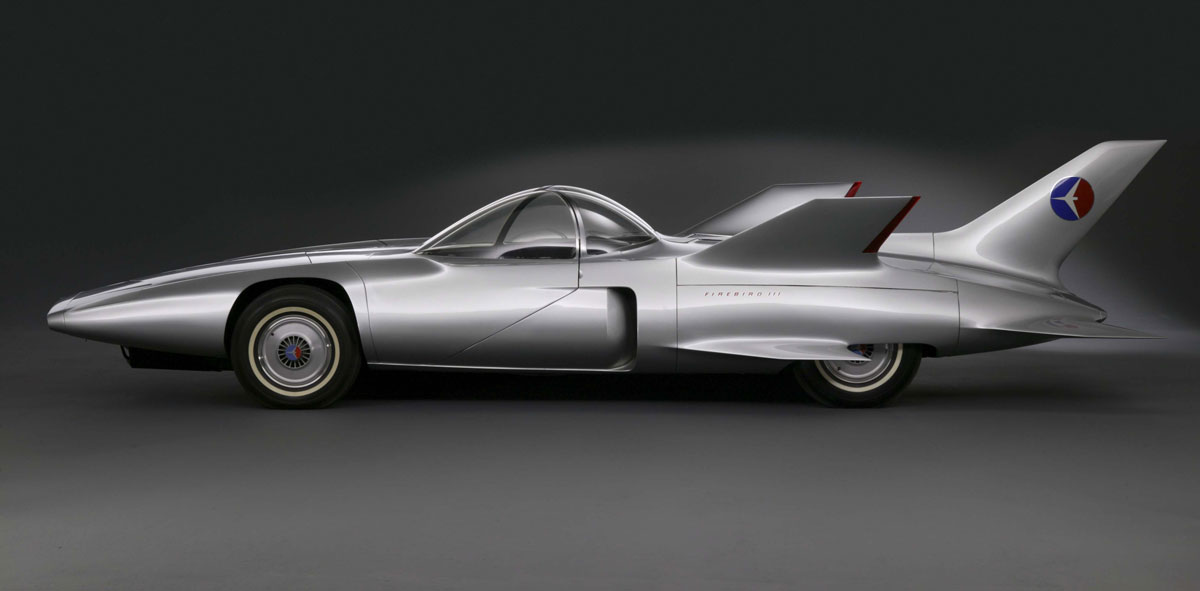
“This exhibition will showcase the similarities between the art of car design and the creative process sculptors of the past used to create their masterpieces. Just like sculptors, they start with drawings and preliminary sketches, then produce clay models and from there, ‘manufacture’ the final product,” Salort-Pons added.
The exhibition will comprise unique examples of experimental show cars created for display, as well as iconic production models sold to the mass market. The 12 coupes and sedans featured—four of which represent the “Big Three” American automakers: General Motors, Fiat Chrysler, and Ford Motor Company—will present significant examples of achievements in style and technology. They will also share the galleries with several rarely-seen design drawings, archival photographs, a selection of modern and contemporary paintings, and sculpture: all of which illustrate to viewers the creative process of bringing car designs to the road and capturing imaginations each step of the way.
“This exhibit is a love letter to Detroit, and a celebration of an artform pioneered in our own backyard,” said Ben Colman, curator of the “Detroit Style” exhibition. “It is a privilege to share some of the stories of the Detroit designers who transformed the modern world with their work.”
The cars and drawings displayed are striking examples of inventive design skill. They also document the relationship between American culture and automotive design, which often bears characteristics of society’s changing needs, ambitions, and even aesthetic fantasies throughout the years.
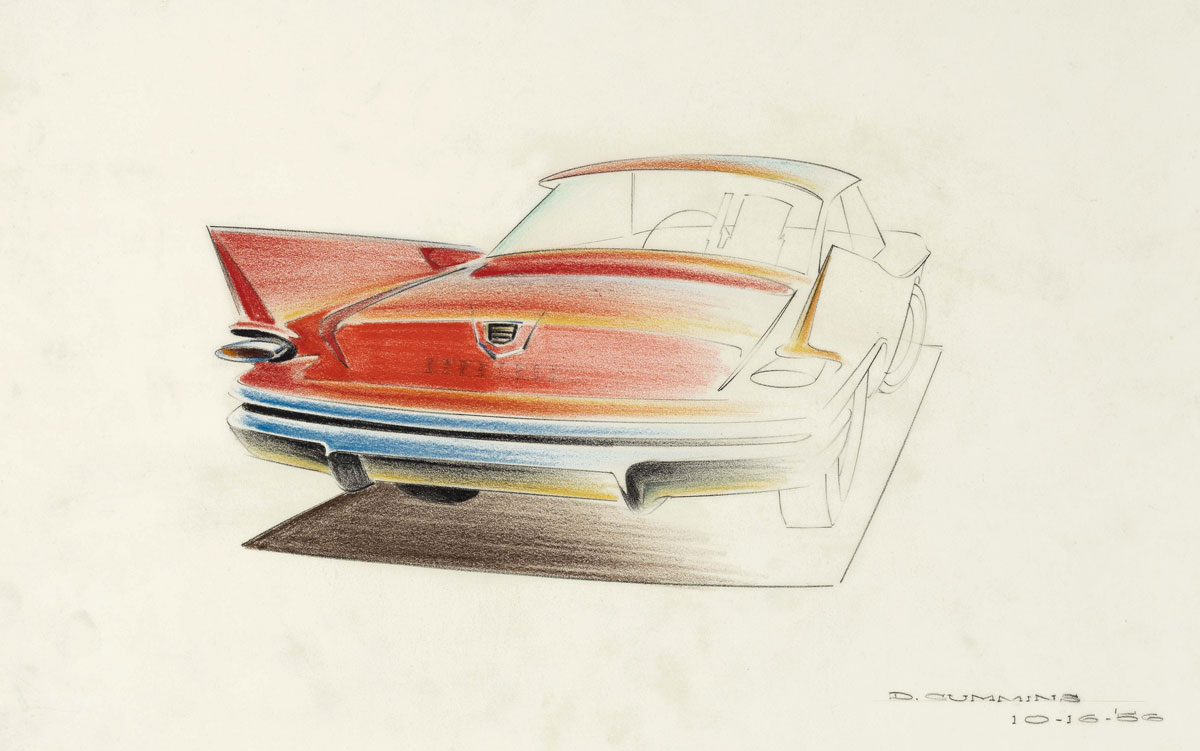
One highlighted car, a 1958 General Motors Firebird III, is an experiment in futuristic space age design, featuring exaggerated fins and an early version of autonomous driving technology. Another is the 1970 Plymouth Barracuda, a legendary design that captured the nation’s attention and continues to define the American pony car genre. On the more current end of the spectrum is the 2017 Ford GT Supercar, which exemplifies ways in which designers can reinterpret the past—in this case the storied racing history of the original GT40—to shape visions for the future, using new materials and technologies.
Accompanying paintings at the exhibit are other works of history-making artistic skill, such as Jean-Michel Basquiat’s painting “Rusting Red Car in Kuau,” which is an emotionally resonant and symbolic example of the car motif that appears throughout the artist’s career; and pop icon Edward Joseph Ruscha’s “Standard Station, Amarillo, Texas” capturing a piece of American landscape shaped by and for the car.
As one of the premier art museums in the United States, the DIA is home to several crucial pieces of art that give its collection special range and depth, from Diego Rivera’s world-renowned Detroit Industry murals to Van Gogh’s 1887 “Self-Portrait.” The latter of which was the first of Van Gogh’s paintings to enter a U.S. museum. Overall, the DIA hosts more than 60,000 works that comprise a multicultural survey of human creativity from ancient times through the 21st century, according to the institution. In this upcoming moment on its timeline, “Detroit Style” marks the first time that cars have been inside the museum since 1983, offering a robust demonstration of the concepts in automotive design that it will unfold.
Visitors to the museum are required to reserve a timed admission ticket and to wear masks upon arrival. If not in-person, Detroit Style viewers can participate virtually, through playlists of verbal descriptions and in-depth video interviews with designers in the automotive industry, including Emeline King, Ed Welburn, Craig Metros, and Ralph Gilles. The museum’s education department is currently working on a series of educational resources for parents and teachers, in place of traditional school field trips which are currently on hold. Online and in-person visitors to Detroit Style are also invited to submit their own car drawings, a selection of which will be featured in the exhibition throughout its duration this winter and spring.
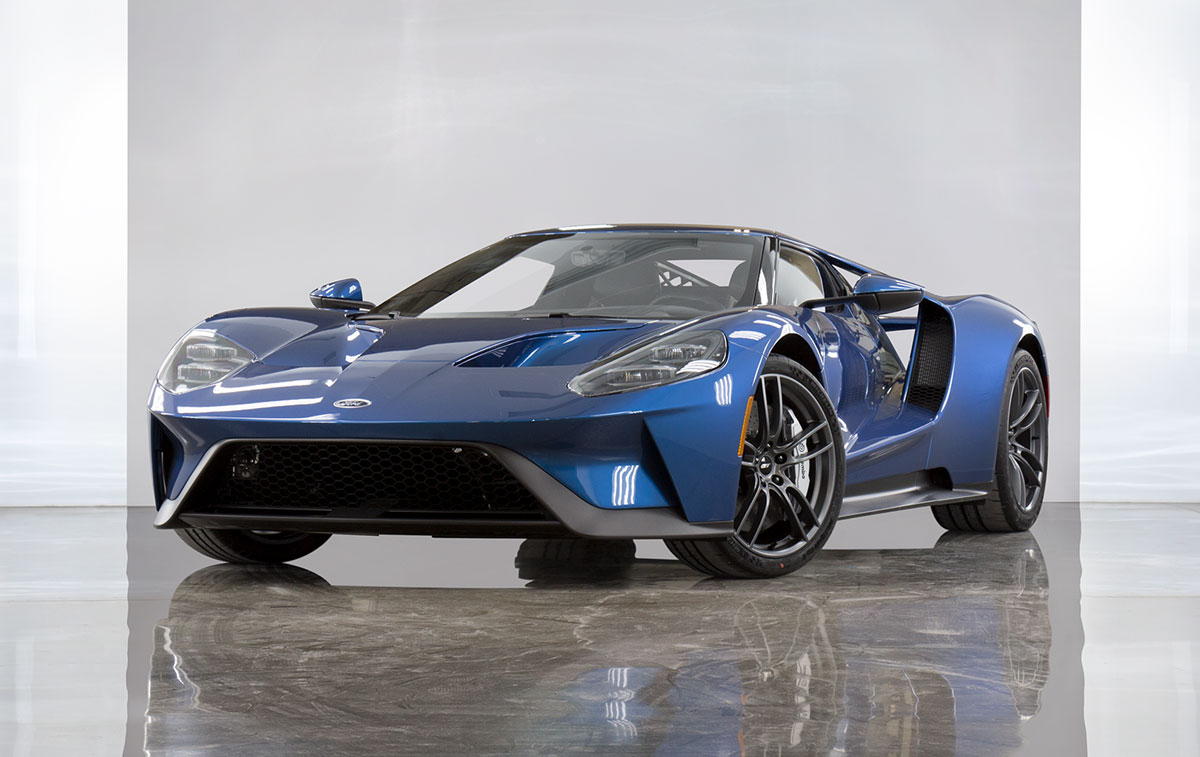
Text: R. Collins | GLBD writer
Photography: The Detroit Institute of Arts Museum
Featured: ’71 Barracuda Front End Facelift Concept,” 1968, Donald Hood, American; crayon, gouache, ink, felt marker, prismacolor, pastel on vellum. Collection of Robert L. Edwards and Julie Hyde-Edwards.

